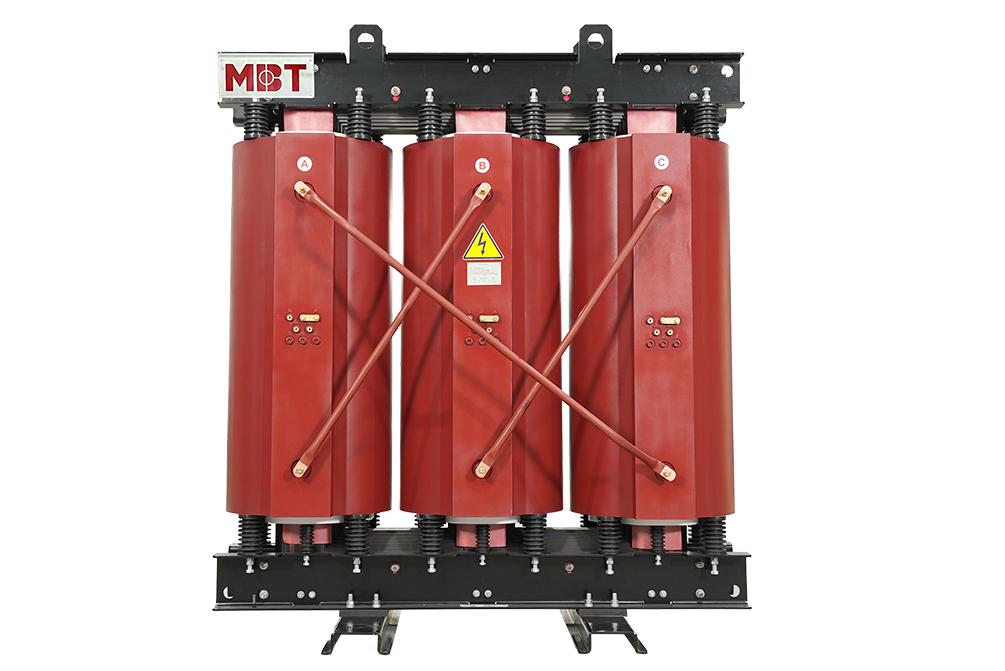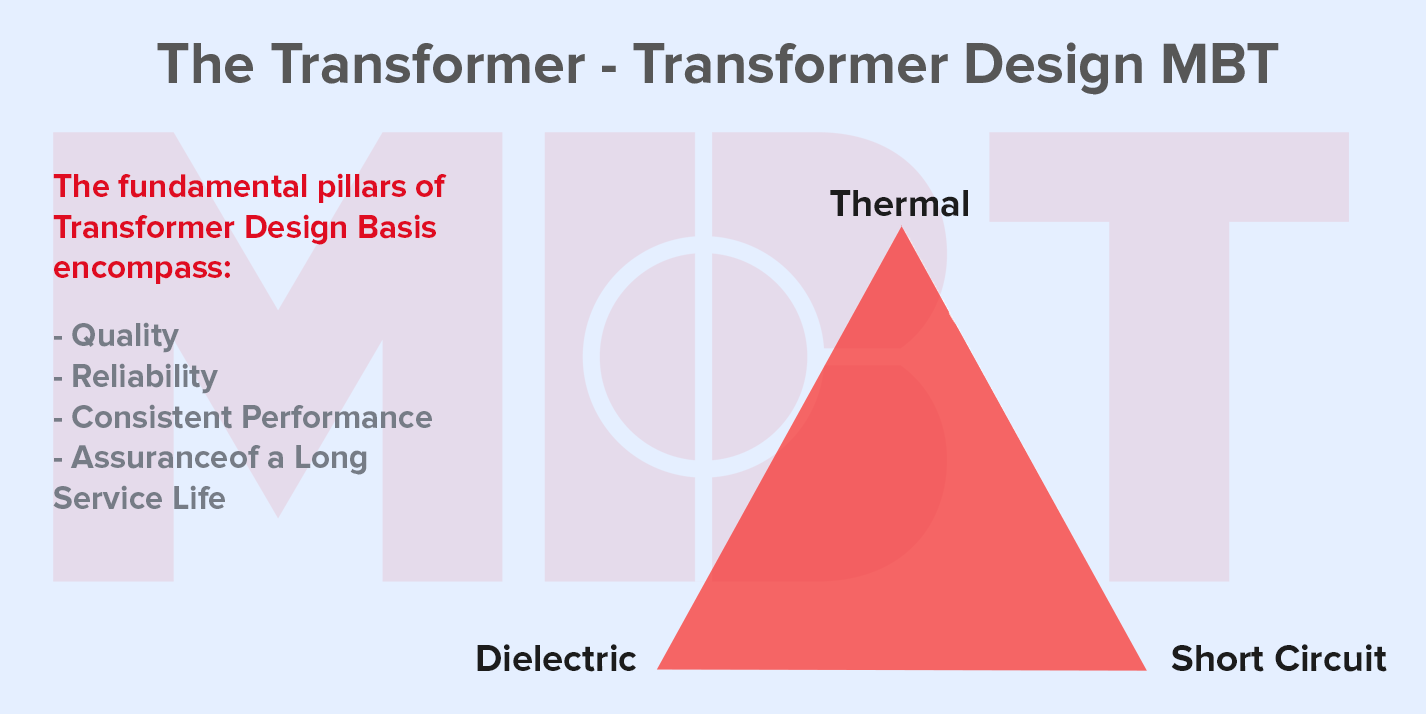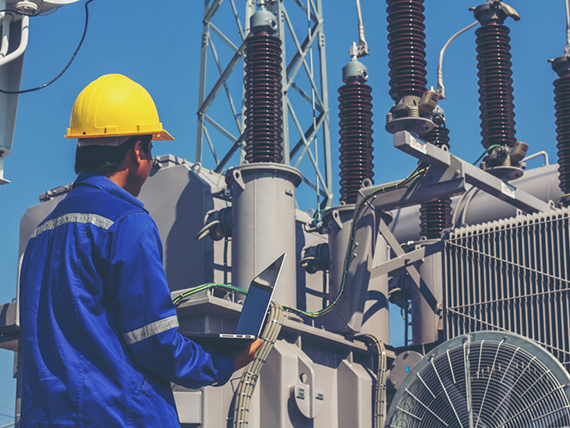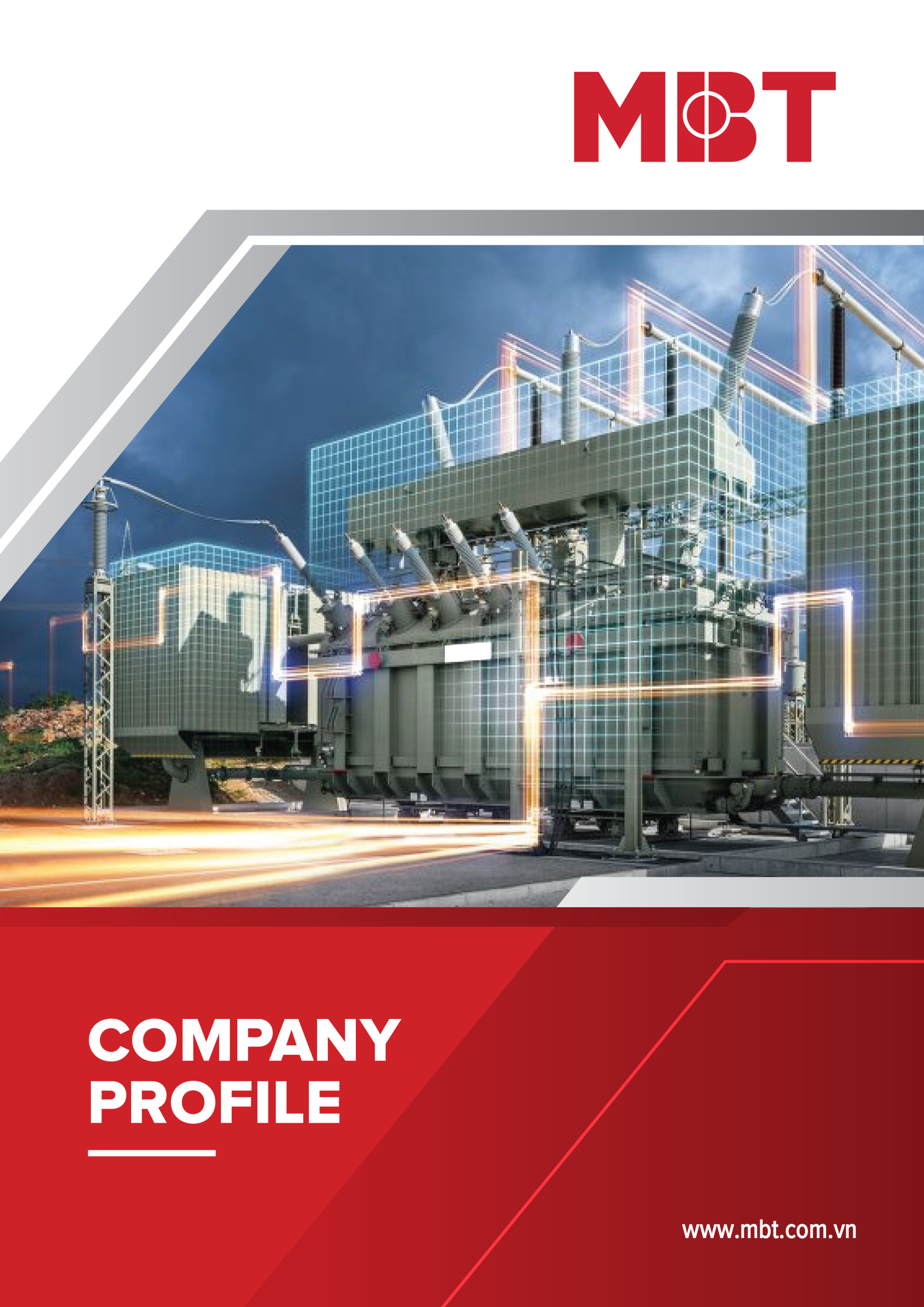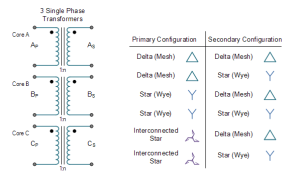
Three-phase Transformer Connections
Three-phase Transformer Connections
The connection of the primary and secondary winding of a three-phase transformer can be designed in different ways according to the desired application and available terminals.
Mostly, transformer winding is placed on one core that provides an economic connection between the iron core and copper windings.
Table of content
Three-Phase Transformer Connections
There are two three-phase windings in a three-phase transformer; primary winding and secondary winding.
The connection of primary winding and secondary winding can be a star or delta connection. According to the application of a transformer, the primary winding and secondary winding can be connected in four possible configurations as follows:
• Delta-Delta (Δ-Δ)
• Star-Star (Y-Y)
• Delta-Star (Δ-Δ)
• Star-Delta (Y-Δ)
Delta-Delta (Δ-Δ) Connection
In the delta-delta transformer connection, primary and secondary are connected in the Delta connection. The connection diagram of this configuration is shown in the figure below.
This connection is generally used even if the load is unbalanced and for large, low-voltage transformers. The number of required phases/turns is relatively greater than that for star-star connection.
The ratio of line voltages on the primary and secondary sides is equal to the transformation ratio of the transformers.
Besides that, this connection is that even if one transformer is disabled, the system can continue to operate in an open delta connection but with reduced available capacity.
The advantages of delta-delta connection:
- The main advantage of this system is that if one phase fails to operate, the transformer will run on the other two phases. This system is known as an open delta connection or V-V connection.
- This connection can be used for both balanced and unbalanced loading conditions.
- The third harmonic is present in this system, but it circulates in the close path and does not appear in the output voltage.
- The disadvantage of the delta-delta connection is that the neutral point is not available in the system. Therefore, a delta-delta connection is useful when primary or secondary winding does not require a neutral terminal.
Star-Star (Y-Y) Connection
In this connection, the primary winding and secondary winding are connected in a star connection. The connection diagram of the star-star connection is shown in the figure below.
This connection is generally used only if the connected load is balanced for small, high-voltage transformers. Because of the star connection, the number of required turns/phase is reduced (as phase voltage in star connection is 1/√3 times of line voltage only). Therefore, the amount of insulation required is also reduced.
The ratio of line voltages on the primary side and the secondary side is equal to the transformation ratio of the transformers.
Line voltages on both the primary side and the secondary side are in phase with each other.
Delta-Star (Δ-Y) Connection
In a Delta-star connection of a three-phase transformer, the primary winding is connected in a Delta connection, and the secondary winding is connected in a star connection.
The connection diagram of a Delta-star configuration is shown in the figure below.
The primary winding is connected in a Delta connection. Therefore, in the primary winding, the phase voltage is equal to the line voltage.
The secondary winding is connected in a star connection. Therefore, in the secondary winding, the line voltage is √3 times the phase voltage.
The primary winding is connected in the delta and the secondary winding is connected in the star with neutral ground. Therefore, it can be used to provide a 3-phase 4-wire service.
This connection is mainly used in a step-up transformer at the beginning of the transmission line.
The ratio of secondary to primary line voltage is √3 times the transformation ratio.
There is a 30° shift between the primary and secondary line voltages.
Star-Delta (Y-Δ) Connection
In a star-delta connection, the secondary winding is connected in a delta configuration and the primary winding is connected in a star configuration. The connection diagram of the star-delta configuration is shown in the figure below.
The secondary winding is delta connected and the primary winding is star star (Y) connected with grounded neutral.
This star-delta connection is mainly used in step-down transformers at the substation end of the transmission line.
The ratio of secondary to primary line voltage is 1/√3 times the transformation ratio.
There is a 30° shift between the secondary and primary line voltages.






